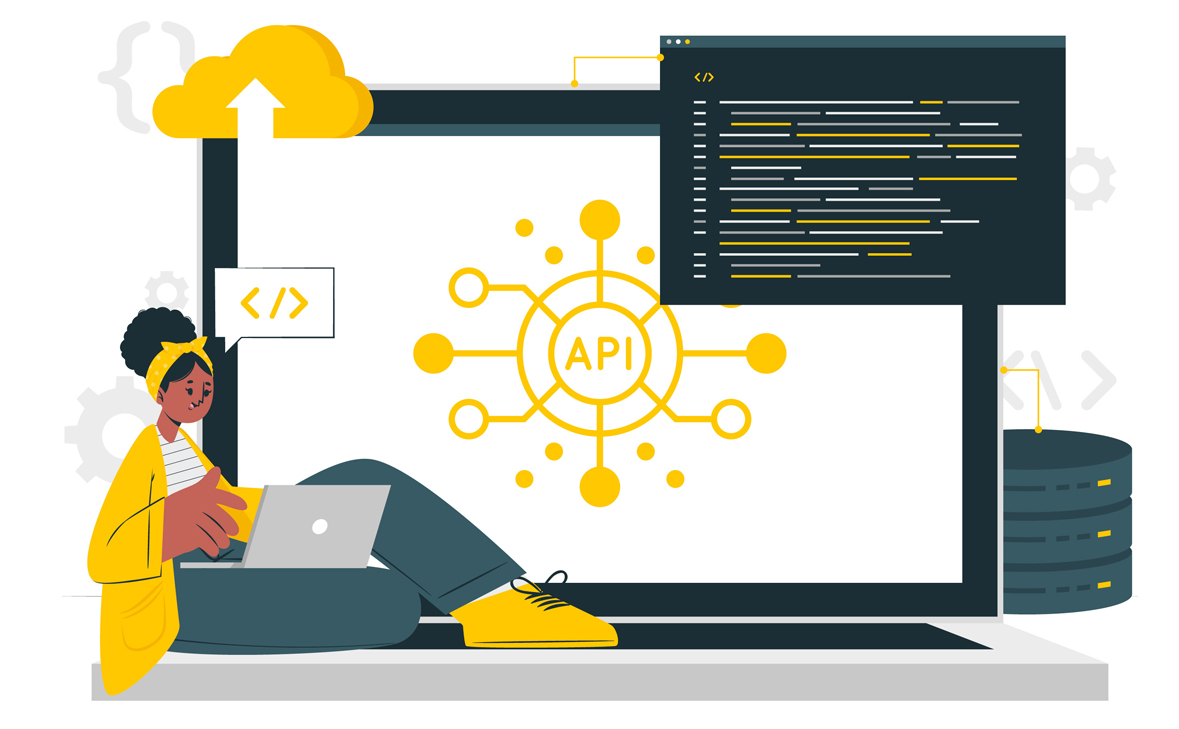Customer service seems to be no longer a quick fix for broken and inadequate customer value chain systems. Nor is it just a way for customers to talk to each other. It is now a key part of how customers interact with each other. Because of this, a lot of organizations need to change how they think about customer service and become more digital.
This doesn’t mean that organizations have to handle all customer interactions in call centers. When a customer needs a more personal and close connection with an organization to get what they need customer service must be the white glove. But because of the pandemic, there has been a massive change in how business is done today. Now, customer relationships are spread out across channels, or digital media and organizations need the right technology foundations to carry it all together.
Customer support is a big part of how satisfied customers are, a way to bring in more money, and a way to keep customers loyal to an organization. Understanding what a customer wants, how they want to do business, and how they want their needs met quickly is the key to success.
“Customer service shouldn’t just be a department, it should be the entire company.”
Tony Hsieh
How can businesses build good customer service programs in the digital world of today?
- Put yourself in the customer’s shoes.
- Look at the technical parts that must change and fix them.
- Customer contact centers need to be rethought and refocused.
Think like the customer, there are grown:
Customers are getting smarter and more involved in different ways, and their needs are growing as technology speeds up the ways businesses do business. On the other hand, time, there are holes in making transactions go smoothly, and customers are begging for help. There are many customers who don’t care about technical ways to communicate and just want to talk to a real person. Customer service deserves to learn why a customer is reaching out, what is going on, and how to make things easier for them. Service agents have trouble dealing with and solving every problem that comes up because there are holes in the system and they don’t know how business must be done to meet operational needs.
This is a common and growing problem that always comes back to the same place: customers don’t feel seen, heard, or understood, so digital transformation must set up agents to move the customer forward instead of fumbling with solving problems. Agents have too much on their plates and don’t have the right tools or training to understand the customer. In turn, the way the customers are treated makes them very angry.
It’s time to get back to basics by asking yourself some basic but very important questions:
- What do we as a business want to do?
- Who does our business serve?
- Who are they and what do they want?
- Are we able to hear them and help them with their problems?
Agents invariably work from scripts and push customers through “simple” multi-step prompts to solve the problem(s). These processes aren’t personal or natural, which makes both the agent and the customer feel more stressed. Customer service needs to stop being done by hand and making customers go through long, hard processes. Instead, friction needs to be taken out of the processes. Can you picture a person who works in customer service as a citizen workflow developer?
Re-Imagine the customer service system:
Differentiators are consumer context and speed of contact. Customers consider it crucial. Why should a consumer do all the work with digital customer service?
AI automates rote processes and eliminates manual, time-consuming effort. Organizations can misuse automation in customer service. Automation allows employees to focus on more difficult requests, but it eliminates the human connection many clients seek. Organizations fail to use technology to set the context and remove process friction.
When a customer phones customer service, they hear a recorded menu of alternatives followed by relaxing music. Waiting on the phone doesn’t always accomplish that, especially for non-tech-savvy customers.
It’s not enough to automate chat using pre-scripted queries and prompts. It’s how you utilize the chatbot and how you wish the customer to use it. What’s the customer’s screen count? Why are they using chat? Without these considerations, customers won’t feel seen and acknowledged. Make sure your internal teams understand user experiences and need to appropriately build and deploy automated features to reduce process gaps and ensure a customer’s journey seamlessly.
Low-code development helps install technology fast without technical knowledge. Low-code development can lead to technical and financial debt, therefore businesses must be careful.
You desire access to a customer’s loan procedure as a bank customer service agent. You can just see that they’re in process, but you want more details. So, little code can easily establish a data bridge. Great! These small fixes add up and should be considered as bridges instead of all-purpose solutions.
Re-Design Customer support system:
Are call center’s a ‘cost center,’ a ‘last resort,’ or a ‘consumer advocate’? Customers and agents must adjust to phone calls, internet chats, and in-person visits. Customers are less likely to wait on the phones or in line as they become more tech-savvy. Customers are more intelligent and demanding, so interaction methods must be too.
Call centers are expensive to establish and source. Organizations will improve relationships and services. Customer support centers will transition from one-to-one to affinity-based connections. And companies outsource customer service to firms that manage people and interactions.
An airline’s call center serves both its own and its subsidiary airlines’ customers. This offers travel agencies one-stop shopping. As travel agents help customers plan and book vacations, financial, insurance, and healthcare firms must rethink their customer interactions. Money and health issues are more sensitive, thus these businesses have more emotional exchanges.
This highlights that when call centers deal with customers, they become champions by putting call operators and communication channels in the right context quickly and ready to remove friction. Modern customers need a fast, empathic customer journey. This might help firms consolidate IT resources and work smarter, not harder.
Customer service will survive?
Contrary to many predictions, customer service is now more important in business. It’s permanent. It will remain a consumer conduit, so firms must posture correctly. If firms can’t use technology appropriately, they won’t comprehend their customers’ needs. Agents and AI must collaborate to deliver convenient, frictionless, and sympathetic customer experiences.




